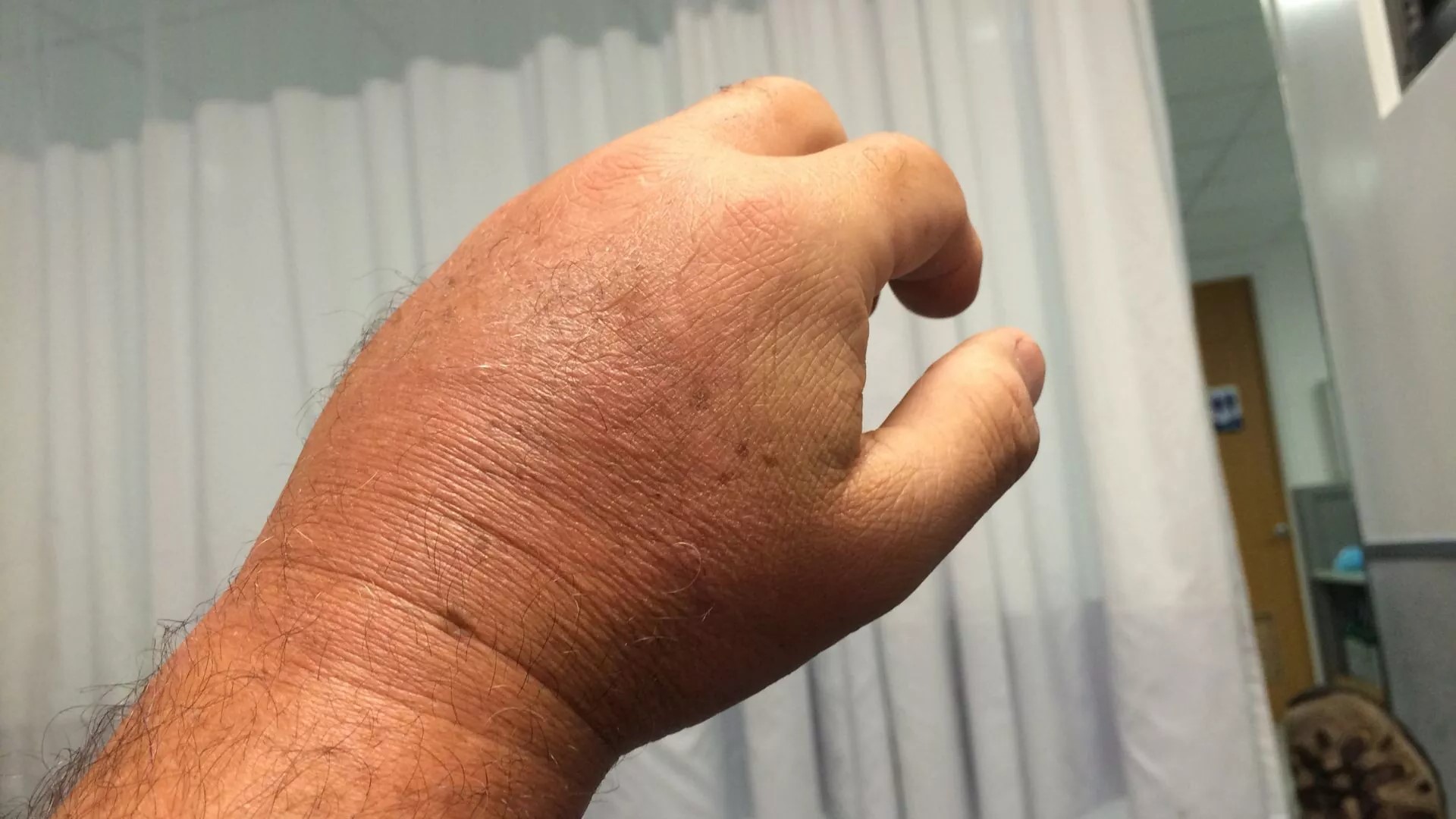
Complex Regional Pain Syndrome (CRPS) is a chronic pain condition that usually affects a limb after an injury. CRPS can be incredibly debilitating, causing intense pain, swelling, and changes in skin color or temperature. This condition is often misunderstood, leading to delayed diagnoses and treatments. Understanding CRPS is crucial for those affected and their loved ones. In this blog post, we’ll share 30 essential facts about Complex Regional Pain Syndrome to help you grasp its complexities. From symptoms and causes to treatment options and daily living tips, we aim to provide a comprehensive overview. Let's dive into the world of CRPS and shed light on this challenging condition.
What is Complex Regional Pain Syndrome?
Complex Regional Pain Syndrome (CRPS) is a chronic pain condition that typically affects a limb after an injury. It is characterized by prolonged or excessive pain and changes in skin color, temperature, and swelling in the affected area. Here are some intriguing facts about CRPS.
-
CRPS is divided into two types: Type 1, formerly known as Reflex Sympathetic Dystrophy (RSD), and Type 2, previously called Causalgia. Type 1 occurs without a confirmed nerve injury, while Type 2 follows a distinct nerve injury.
-
The exact cause of CRPS remains unknown. However, it is believed to involve an abnormal response of the nervous system to injury or trauma.
-
CRPS can develop after minor injuries, such as sprains or fractures, or major surgeries. It doesn't always correlate with the severity of the initial injury.
-
Symptoms of CRPS include continuous burning or throbbing pain, sensitivity to touch or cold, swelling, and changes in skin color and texture.
-
CRPS can affect anyone but is more common in women. It often appears between the ages of 40 and 60.
Symptoms and Diagnosis
Understanding the symptoms and how CRPS is diagnosed can help in managing the condition more effectively.
-
One of the hallmark symptoms of CRPS is allodynia, where even a light touch can cause severe pain.
-
The skin in the affected area may become shiny and thin, and hair and nail growth can be abnormal.
-
CRPS can lead to muscle atrophy and contractures, where muscles become stiff and joints may become immobile.
-
Diagnosis of CRPS is primarily clinical, based on patient history and physical examination. There are no specific tests for CRPS, but imaging and other tests can help rule out other conditions.
-
Early diagnosis and treatment are crucial for better outcomes. Delayed treatment can lead to more severe and persistent symptoms.
Treatment Options
Various treatment options are available to manage CRPS, though there is no definitive cure.
-
Physical therapy is often recommended to maintain mobility and function in the affected limb.
-
Medications such as pain relievers, corticosteroids, and nerve pain medications can help manage symptoms.
-
Nerve blocks, where anesthetic is injected near nerves, can provide temporary pain relief.
-
Spinal cord stimulation, where electrical impulses are delivered to the spinal cord, can help reduce pain in some patients.
-
Psychological support, including cognitive-behavioral therapy, can be beneficial as chronic pain can lead to anxiety and depression.
Impact on Daily Life
CRPS can significantly affect a person's daily life and activities.
-
Many individuals with CRPS experience difficulty performing everyday tasks due to pain and limited mobility.
-
Sleep disturbances are common among CRPS patients, often due to pain and discomfort.
-
CRPS can lead to social isolation as individuals may withdraw from activities and interactions due to their condition.
-
Employment can be affected, with many patients needing to reduce work hours or stop working altogether.
-
Support from family, friends, and support groups can play a crucial role in coping with CRPS.
Research and Future Directions
Ongoing research aims to better understand CRPS and develop more effective treatments.
-
Researchers are exploring the role of the immune system and inflammation in CRPS.
-
Genetic factors may also play a role in the development of CRPS, and studies are ongoing to identify potential genetic markers.
-
New treatments, such as ketamine infusions and stem cell therapy, are being investigated for their potential benefits in CRPS.
-
Advances in imaging techniques are helping to improve the diagnosis and understanding of CRPS.
-
Patient advocacy groups are working to raise awareness and funding for CRPS research.
Living with CRPS
Living with CRPS requires a comprehensive approach to manage symptoms and maintain quality of life.
-
Developing a pain management plan with healthcare providers is essential for managing CRPS.
-
Regular exercise, tailored to the individual's abilities, can help maintain mobility and reduce pain.
-
Stress management techniques, such as mindfulness and relaxation exercises, can be beneficial.
-
Nutrition and a healthy diet can support overall health and well-being in CRPS patients.
-
Staying informed about the latest research and treatment options can empower patients to take an active role in their care.
Understanding CRPS Better
Complex Regional Pain Syndrome (CRPS) is a challenging condition, but knowing more about it can help. Early diagnosis and treatment are crucial for managing symptoms and improving quality of life. CRPS can affect anyone, and its causes are still not fully understood. However, recognizing the signs, such as severe pain, swelling, and changes in skin color or temperature, can lead to quicker intervention.
Treatment options vary, including physical therapy, medications, and sometimes surgery. Support from healthcare professionals and loved ones plays a significant role in coping with CRPS. Staying informed and proactive in seeking care can make a big difference.
Remember, you're not alone in this journey. Many resources and support groups are available to help you navigate the challenges of CRPS. Keep advocating for your health and well-being.
Was this page helpful?
Our commitment to delivering trustworthy and engaging content is at the heart of what we do. Each fact on our site is contributed by real users like you, bringing a wealth of diverse insights and information. To ensure the highest standards of accuracy and reliability, our dedicated editors meticulously review each submission. This process guarantees that the facts we share are not only fascinating but also credible. Trust in our commitment to quality and authenticity as you explore and learn with us.


